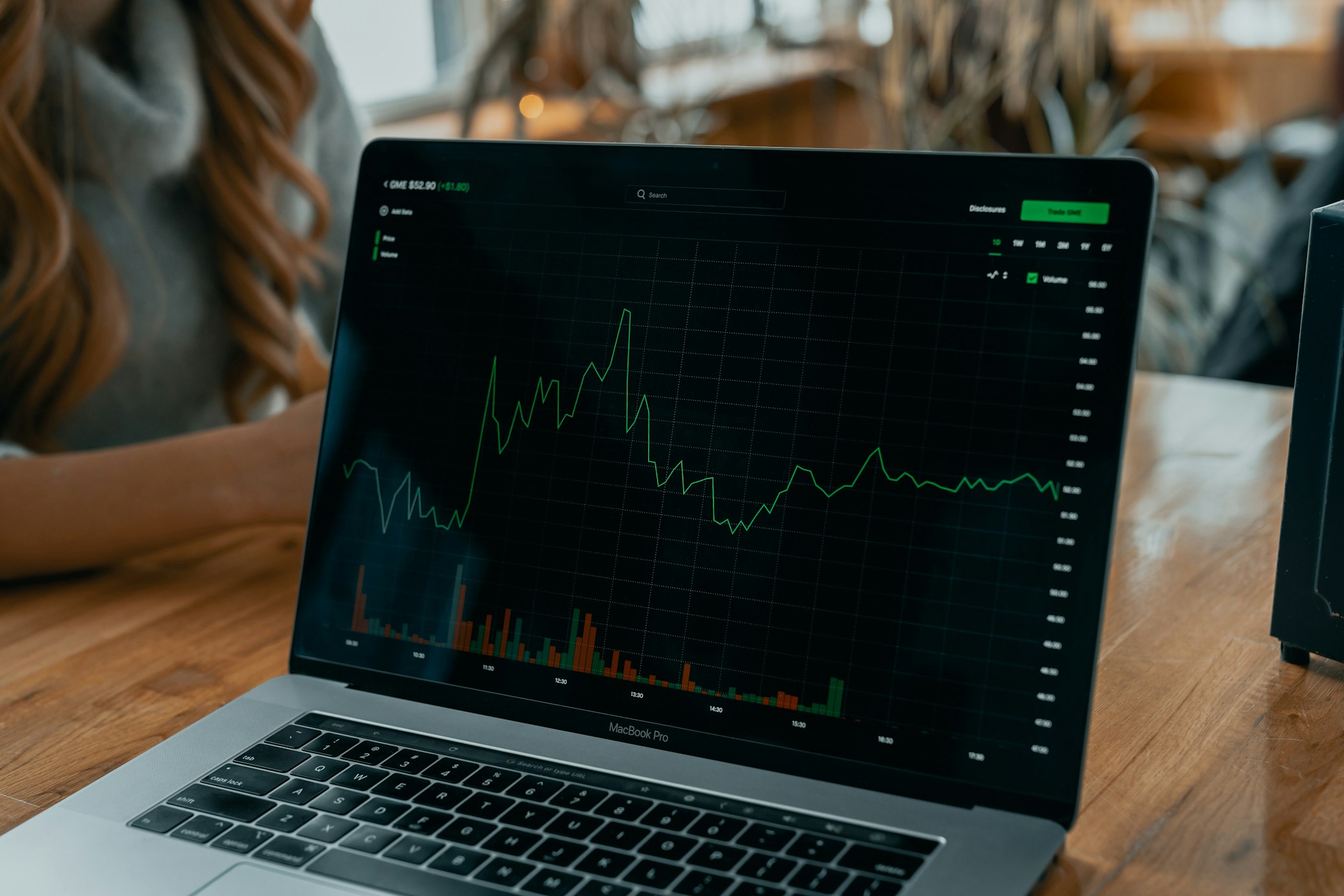
Global CFD Trading: Exploring Opportunities and Trends Worldwide
Table of Contents
In modern finance, Contracts for Difference (CFDs) have emerged as a popular tool for traders looking to capitalise on market movements without owning the underlying asset. CFDs are derivatives that allow individuals to speculate on price changes across a wide range of markets, from equities to commodities and beyond. This form of trading has gained global traction due to its flexibility, the ability to trade on margin, and its accessibility across various platforms. This article will explore the opportunities and trends shaping global CFD trading, providing insights into how it works, its global landscape, emerging trends, and the challenges traders face.
Understanding CFD Trading
To fully grasp the global impact of CFD trading, it’s essential first to understand how these contracts work. CFD trading allows a trader to enter into a contract with a broker to exchange the difference in the price of an asset from the time the contract is opened to when it is closed. Unlike traditional trading, CFD traders do not own the underlying asset; instead, they profit from price movements. This makes CFDs a cost-effective way to trade, as they don’t require the trader to buy or sell the asset outright.
CFD trading spans across a variety of asset classes, including equities, commodities, indices, and forex. Each type offers unique profit opportunities, depending on the trader’s market knowledge and strategy. For example, equity CFDs enable traders to speculate on the price movements of stocks, while commodity CFDs allow traders to take positions on the prices of raw materials such as oil or gold. Similarly, CFD trading in indices allows speculators to gain exposure to broad market movements, while forex CFDs offer the opportunity to trade currency pairs.
One of the most compelling aspects of CFD trading is leverage, which allows traders to open positions with a fraction of the capital they would otherwise need to invest in the underlying asset. However, while leverage can magnify profits, it also increases risk, making it essential for traders to have a solid understanding of the market and robust risk management strategies. Check out ADSS for more information.
Global Market Landscape
The global landscape of CFD trading is vast, with regions across the world embracing this form of trading. CFD markets have grown significantly in areas like the UK, Australia, Europe, and parts of Asia. These regions benefit from mature regulatory environments, which provide a sense of security for traders while encouraging further market growth.
In the United Kingdom, for example, CFD trading has become a staple for both retail and institutional investors. With a well-regulated environment under the oversight of the Financial Conduct Authority (FCA), UK traders can trade with confidence, knowing that the market is closely monitored for transparency and fairness. Similarly, Australia is home to some of the world’s leading CFD brokers, with traders benefiting from high liquidity and the ability to trade a wide range of global markets.
Europe also boasts a strong CFD market, with the European Securities and Markets Authority (ESMA) introducing tighter regulations in recent years to safeguard investors. Meanwhile, CFD trading is experiencing significant growth in emerging markets, especially in Asia-Pacific regions like Singapore and Hong Kong, where access to international markets is increasing, and the demand for alternative investment opportunities is on the rise.
Trends Shaping Global CFD Trading
Technological innovations have been at the forefront of transforming the global CFD trading landscape. One significant trend is the integration of automated trading systems and algorithmic trading. By utilizing sophisticated algorithms and artificial intelligence (AI), traders can automate their strategies, allowing them to execute trades more efficiently and reduce human error. Automated trading systems can also execute complex strategies faster than manual traders, making them an attractive choice for both professional and retail traders.
Another key technological advancement in CFD trading is the mobile trading app. With the rise of smartphones and tablets, traders now can manage their positions and execute trades from virtually anywhere in the world. This increased accessibility has contributed to the rapid growth of CFD trading, as more people can participate in the markets without needing to be tethered to a desktop computer.
Opportunities in Global CFD Markets
One of the most attractive aspects of CFD trading is the ability to leverage market volatility. Since CFDs are designed to profit from price fluctuations, they provide traders with a way to take advantage of both rising and falling markets. For example, when global oil prices spike due to geopolitical tensions, traders can open long positions in oil CFDs, while short positions can be taken when the market experiences a downturn.
CFDs allow for easy diversification across various asset classes, which can help traders manage risk. The global nature of CFD trading means that traders have access to a wide range of international markets. A trader in the UK, for example, can take positions in US equities, European commodities, and Asian indices—all from a single platform. This global reach not only enhances the opportunity for profit but also helps mitigate risk by diversifying exposure across different markets.
Conclusion
Global CFD trading offers a wealth of opportunities for traders who are willing to embrace its complexities and risks. As technology continues to advance, and regulations evolve, the global CFD market will likely experience further growth and diversification. Traders have access to more markets than ever before, and the profit potential is significant, provided that they approach the markets with a clear strategy and robust risk management techniques.
